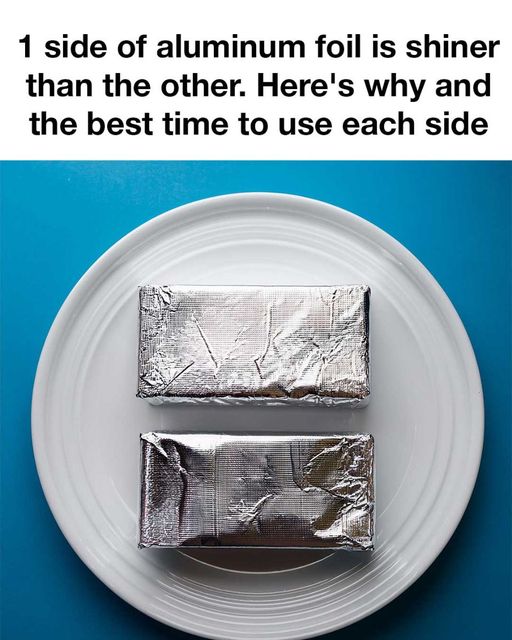ADVERTISEMENT
Several scientific studies and experts have weighed in on the debate over the shiny and dull sides of aluminum foil. According to research, the heat reflectivity difference between the shiny side and the dull side is negligible, often less than 10%. Cooking experts and chefs generally agree that the choice of side is more about convenience and personal preference than it is about culinary technique. Authorities in material science confirm that the intended purpose of having two different sides is a byproduct of manufacturing, with no practical implications for most applications.
Practical Tips for Everyday Use
For day-to-day use, consider these practical tips: use the shiny side for insulating or retaining heat, although the difference is minimal; utilize the dull side if you prefer a non-reflective surface; feel free to write labels or notes on the dull side for organizational purposes; and when in doubt, remember that either side will work just as effectively for most tasks. For tasks like grilling, wrapping, or oven baking, you can use either side without affecting the outcome.
Conclusion
In summary, the shiny and dull sides of aluminum foil result from the manufacturing process, and the difference in appearance has little impact on their functional properties. While minor variations in heat reflectivity exist, they are not significant enough to influence most everyday cooking tasks. Ultimately, whether you choose the shiny side or dull side often comes down to personal preference and specific situational needs. Understanding this can simplify your kitchen routine and put to rest any myths or misconceptions about aluminum foil.

